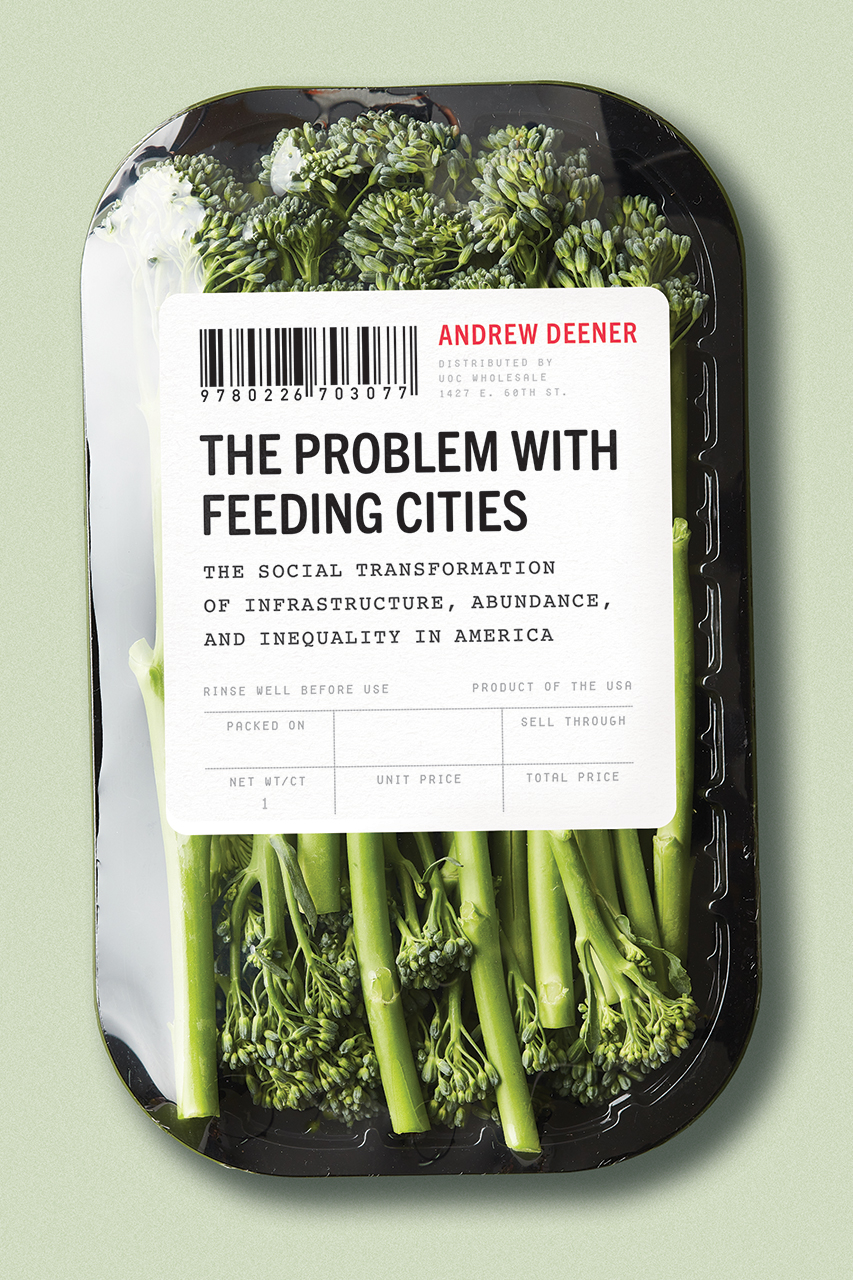 (Courtesy Jessica Ruscello, via Unsplash)
(Courtesy Jessica Ruscello, via Unsplash) The Problem with Feeding Cities: The Social Transformation of Infrastructure, Abundance, and Inequality in America, by Andrew Deener. Chicago: University of Chicago Press, 2020; 328 pages, $32.50.
The restaurant industry is one of the more visible economic sectors being devastated by the pandemic. Many well-known establishments — often locally owned institutions — are closing their doors for good as a combination of dine-in restrictions and tightened budgets have people eating out less, cooking at home more, and leaning on grocery stores more than ever.
Ironic, then, that this rapid-fire attrition follows a much slower, but still damaging, winnowing of local grocery store options for many Americans over a period of decades, resulting in the much-discussed “food deserts” and compounding many other problems for the poor (while options and variety exploded for others). The Problem with Feeding Cities, by University of Connecticut sociology professor Andrew Deener, takes a long, hard look at the powerful and varied forces that brought about this dichotomy.
 (Courtesy of University of Chicago Press)
(Courtesy of University of Chicago Press)The city of Philadelphia, where Deener began his research a decade ago and first realized the much larger national and global forces at work, is the author’s touchstone for illustration purposes as he explores the history over the last century-plus. He traces the most obvious “food-centric” development — the stepwise shift from corner store to local chains to the rise of the supermarket — as well as the effects of the shift from rail to truck transport, the decentralization that accompanied the rise of suburbs, and later, food’s importance as a key component of the gentrification movement that fueled urban redevelopment and exacerbated urban inequality. He also touches on many other, less obvious drivers like the dramatic technological impact of bar codes.
Changes in food infrastructure are, of course, shaped by capitalism and the pursuit of greater efficiency and profit margins. But Deener makes a key point: The specific way the system evolved was neither inevitable nor nefarious.
Deeply researched and scholarly, The Problem with Feeding Cities isn’t likely to be seen as an accessible, popular science bestseller. But it is a major addition to the literature on food infrastructure history and analysis.




